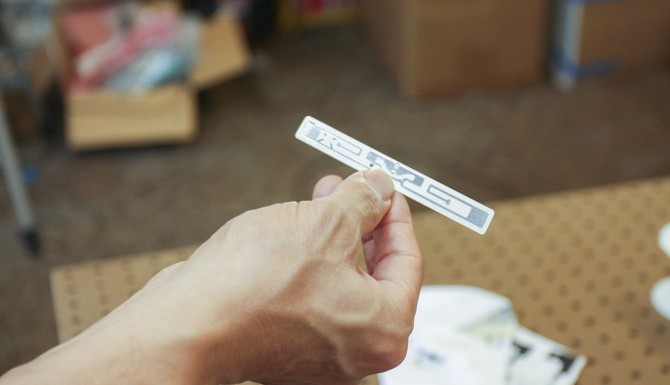Monitoring vital body signs using RFID tags
on

No visit to the doctor is complete without the blood-pressure cuff that half pinches off your arm or a cold stethoscope on your chest. But what if your vital body signs could be collected without physical contact while you are in the waiting room or comfortably in your own home?
The engineers from Cornell University (US) have developed a method to collect blood pressure, heart rate and respiration rate with the aid of cheap RFID tags. The tags measure the mechanical movements by sending radio waves that are reflected by the body and internal organs. These are subsequently detected and collected by an electronic reader that is located elsewhere in the room.
The system operates like radar, according to Edwin Kan, professor of electronics and computer technology. But in contrast to most radar systems that use radio waves exclusively to measure movement, Kan integrates 'near-field coherent sensing (NCS)', which is better for sending electromagnetic signal into body tissue. This gives the tags a better ability to measure internal body movement such as heart beat and the pulsing of the blood under the skin.
The tags are powered from electromagnetic energy that is supplied by the central reader. Because each tag has a unique identification code (ID) that it transmits with its signal, up to 200 people can be simultaneously monitored using only a single central reader.
“Everyone who enters the emergency room can carry one of these tags in their trouser or shirt pocket. The vital signs of everyone can be monitored and the staff know exactly which measurement belongs to which person”, according to Kan.
The paper has been published in Nature Electronics.


Discussion (0 comments)